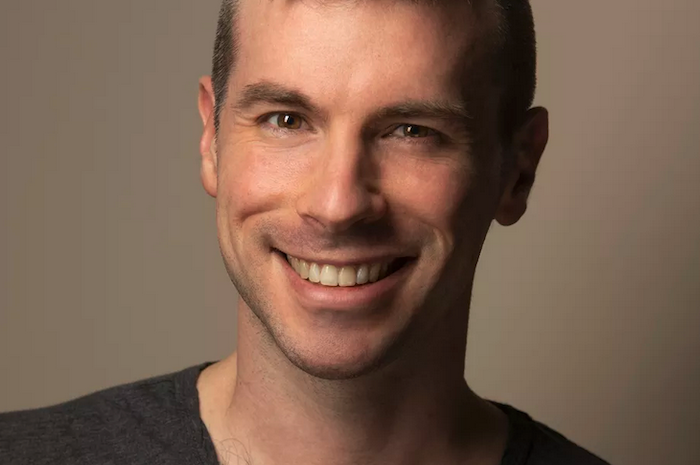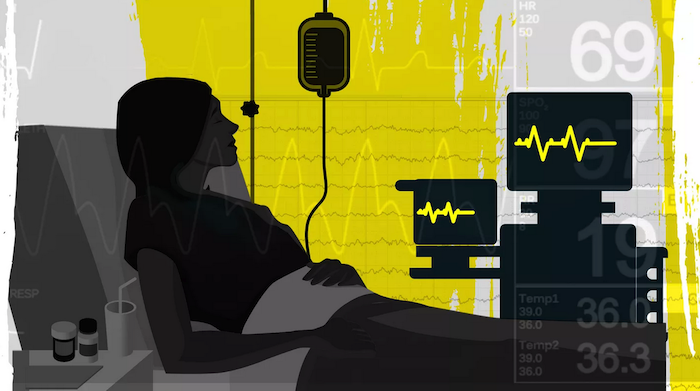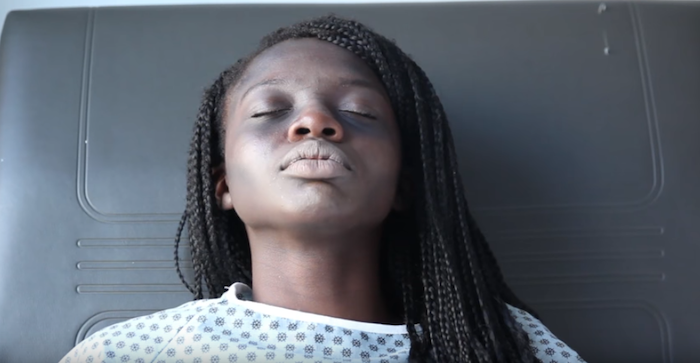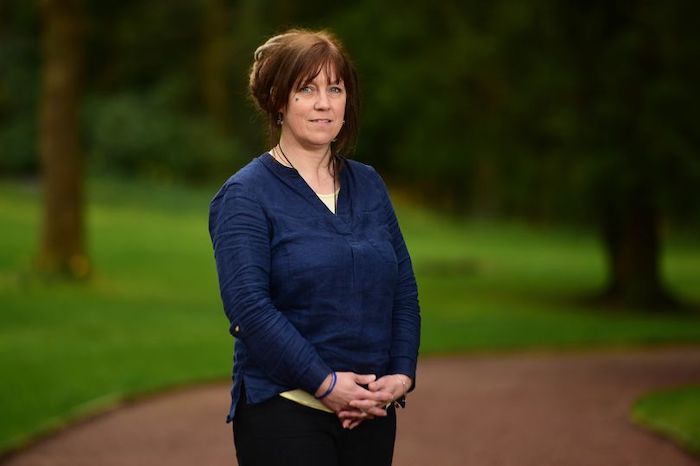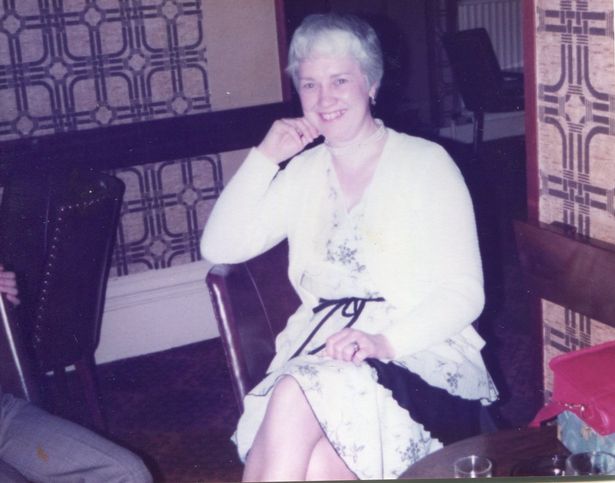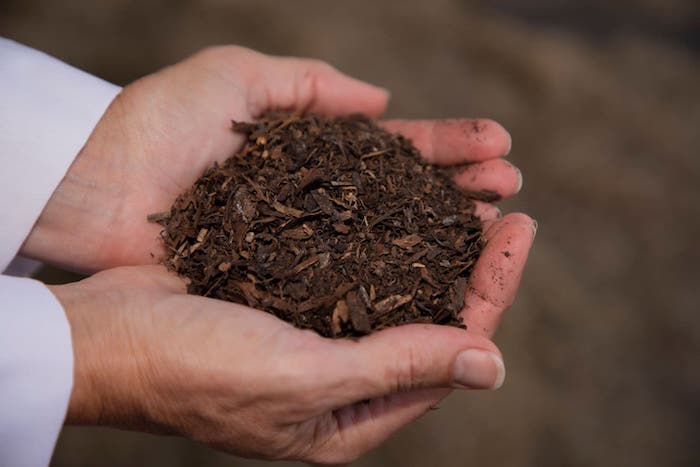91-year-old was told he was dying, said his goodbyes — and then learned he’ll live
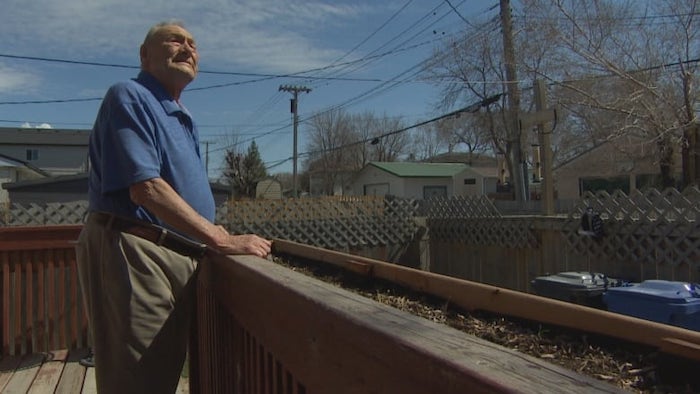
By Erin Brohman
When Phil Robinson, 91, was told cancer had spread through his lungs and he had mere weeks left to live, he said his goodbyes, got his affairs in order and was prepared to die — until doctors told him he was, in fact, cancer-free and could return home.
“I don’t know where I’m going from here. I really don’t know how to handle this at all,” said Robinson.
“I don’t think most people get this chance at all. Never.”
Robinson went to Winnipeg’s St. Boniface Hospital on March 20 because he was having trouble breathing. After several tests, he was diagnosed with pneumonia and admitted to a ward, where he started treatment.
A doctor visited him the next morning with grave news: results of a scan appeared to show the spread of cancer throughout his chest. Cancer in his neck that he’d had radiation treatment for nine years earlier, it seemed, had spread.
“He said, ‘Phil, you’ve got two to three weeks to live.'”
My doctor came round and he said, ‘Oh, Phil. I have one small problem. We made a mistake.’
– Phil Robinson
Robinson, a widower of about 10 years, had his son, 60, with him at the time. Robinson didn’t want to alarm him.
“I said, ‘Well, we’ve got to do something about it.'”
Over the following two weeks, all of Robinson’s friends and family came to his bedside to pay their respects and say goodbye. The hospital chaplain visited him. It took some time for him to get there, but Robinson eventually asked to speak to the medical assistance in dying, or MAID, team.
“I had a wish, because pushing sort of 92 years old, you don’t really mind. You’re due to go if you’re ready to go,” he said. “I wanted to finish it right now and get it out of the way.”
‘We made a mistake’
But a definitive diagnosis of cancer was required before he could be offered medically assisted death, so he went for another CT scan. A different doctor delivered the results.
“He said, ‘Oh, Phil. I have one small problem. We made a mistake. You do not have cancer through your body,'” Robinson said.
“‘You don’t have this anymore, and you never had.'”
“Oh!” he laughed nervously, recalling the moment.
“So all of a sudden I find that my cancer is still exactly where it was around my neck, it’s never moved to anywhere else, and it did leave you in a complete sort of — you don’t know where the hell you go.”
According to the hospital discharge summary, the second CT scan showed his lungs and lymphatic areas had cleared. The signs of the infection — which was originally believed to be cancer — had cleared on the second scan.
His son took him back home on April 8.
“[Robinson had] been seen by the palliative team but now discharged as it appears he has no cancer,” reads his discharge summary.
CBC contacted the Winnipeg Regional Health Authority to ask why additional tests after the first CT scan appear not to have been done before Robinson was told he had only weeks left to live.
A spokesperson for the WRHA said it cannot comment on Robinson’s situation for privacy reasons, and that no critical incident report has been filed.
Robinson has been in touch with CancerCare’s patient relations department to get answers. He hopes someone can offer him some guidance.
‘They’re thrilled that I’m back’
“I am not dying. Nope. I’m here for the long run. I don’t know how long that’s going to be, but I’m here,” Robinson said with a chuckle, then gestured out his window. He’s discovered a newfound easy connection with the backyard wildlife.
“Look at my squirrel — he’s sitting out there on the little thing. You can’t see him, but he’s sitting there, watching us.”
Once home, Phil began sharing the news that he was in fact still around with his friends and family, as well as home-care workers and even the two ladies who clip his nails every two weeks, who visited him in hospital to say goodbye.
“I had hugs like you wouldn’t believe,” he said with a laugh. “They all have the same response. They’re thrilled that I’m back.”
But for Robinson, it’s a bit more complicated, especially when he’s alone with his thoughts. He already faced the difficult task of saying goodbye to everyone he loves: 24 family members and 12 of his ‘secondary family’ of supportive friends, until he couldn’t bear the sadness of repeat visits.
He reflects on his own vitality. At 16, Robinson was a member of the U.K.’s Royal Navy during the Second World War, bringing supplies and refreshments to troops. He travelled from his home in Norwich, England after the war to join the Canadian Army, serving in the Korean War, before joining British Airways as a traffic assistant, and later a pilot for the military.
In his lifetime, he’s lost two wives, two siblings and two of three children to cancer.
“I accept the fact that I’m not dead. But now I’m just scared that I’m going to get sick or something, and everybody will say, ‘He’s dead again. And we’ve already done this.’ It’s confusing as hell.”
Robinson sits on his back patio every afternoon where things are certain: the chirp of birds at the feeder, the sociable squirrels, a rabbit who drops by each day.
“How many people do you know who died and came back? And particularly it was Easter,” he laughed, with a tear in his eye.
Complete Article ↪HERE↩!

